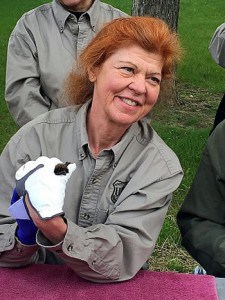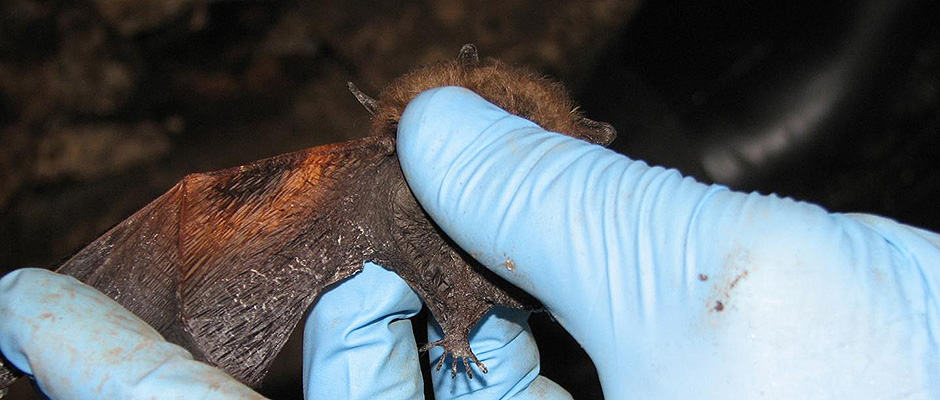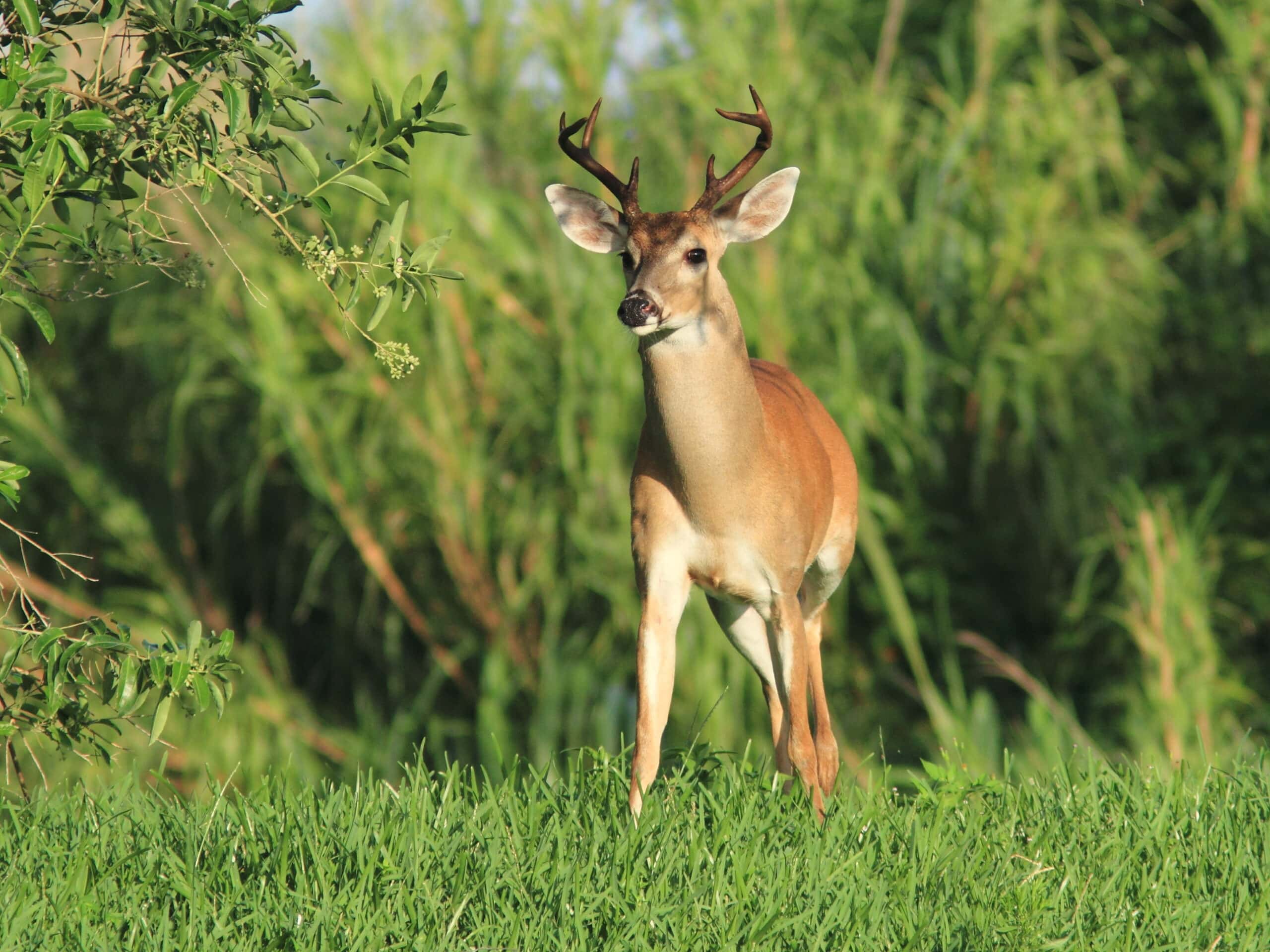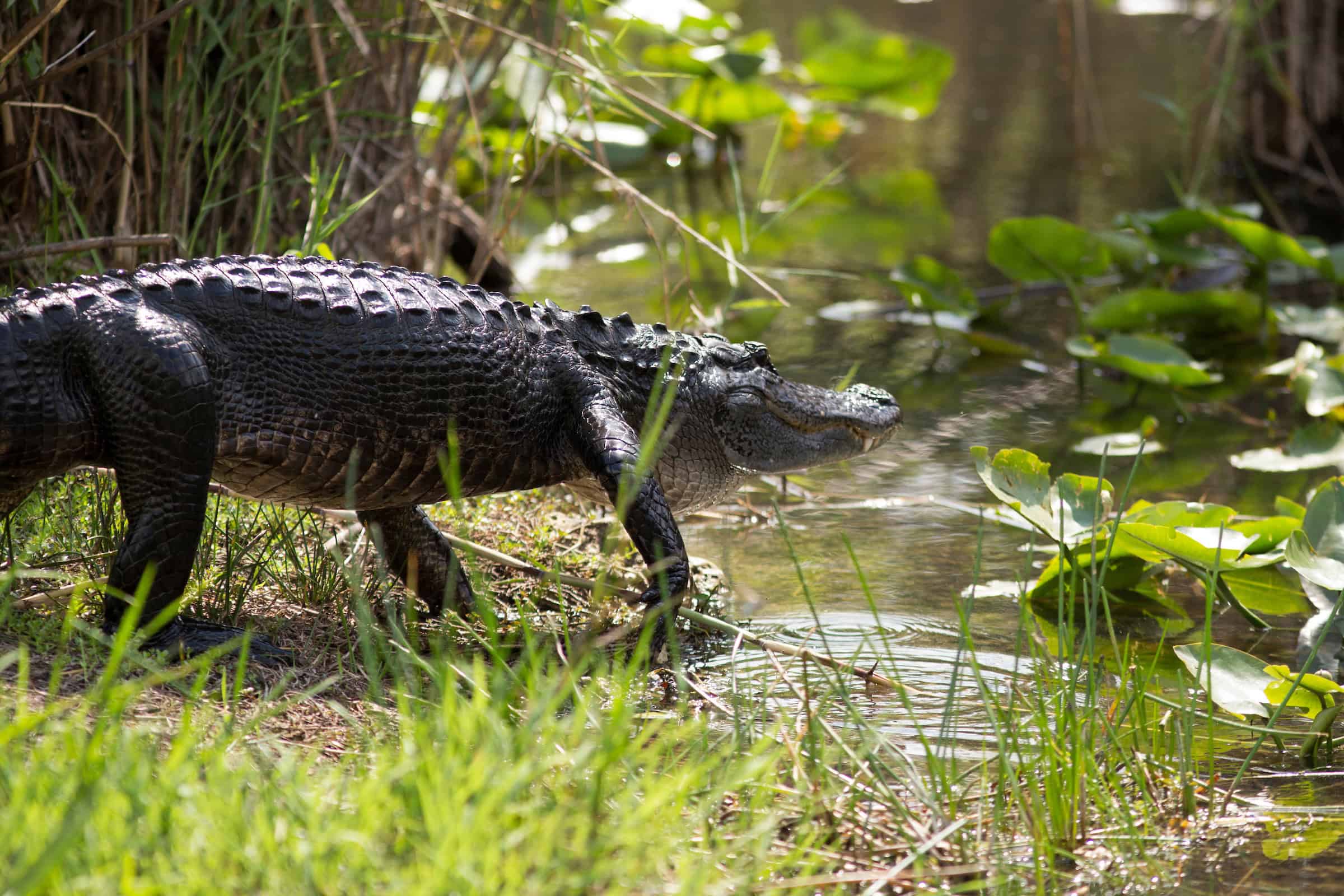Share this article
First Bats Treated for White-Nose Syndrome Released
The story has the markings of the old Disney fairy tale when the charming prince wakes Princess Aurora from a magically induced coma after she pricks her finger on the spindle of an enchanted spinning wheel.
But the real world isn’t as perfectly executed.

Researchers with the U.S. Forest Service recently released bats successfully treated for white-nose syndrome.
Image courtesy of USDA Forest Service.
Sleeping Beauty is a flying mammal. The spindle that induces sleep is winter hibernation. The evil witch, Maleficent is the Pseudogymnoascus destructans fungus that causes white-nose syndrome (WNS) — a deadly disease that affects bats’ ability to keep warm enough to survive during hibernation. Prince Phillip is native soil bacteria found to be volatile to WNS by the United States Department of Agriculture’s Forest Service and others, and Sword of Truth and the magical Shield of Virtue the prince uses to defeat the witch are researchers like Sybill Amelon and Daniel Lindner.
The two researchers along with others recently released around 70 to 75 bats near the Mark Twain Cave outside Hannibal, Mo. that had been successfully treated for WNS. So far, the disease has wiped out 79 to 100 percent of populations while overall deaths are estimated to total between 5 and 6 million bats.
“To our knowledge [the bats] are the first to have been successfully released after treatment,” said Lindner, an expert in fungal disease with the U.S. Forest Service.
The bats were captured in November last year, and then put into mesh cages within nearby caves. Field tests last fall showed bats treated with compounds produced by the native soil bacteria had better health and survival rates and the bacteria were placed in specially outfitted coolers from which the compounds volatile to WNS diffused into the air around the hibernating bats for 24 to 48 hours.
The treated bats were then kept in these outdoor enclosures in caves to keep predators away and to keep a watch on them to monitor the results of the treatment. While some of the bats awoke in late March, the researchers continued to keep watch until they had enough to release together.
And when that happened — “They flew off — it was really, really nice,” said Amelon, a research wildlife biologist with the Forest Service and “bat whisperer” in the words of Lindner.
“Most of the time [when] you hand-release a bat, they head for cover,” Amelon said, but some bats did a couple of victory laps for the photographers and cameramen there to capture the moment. “That was really nice of them.”
She and six other experts released the bats in batches of seven, with the strongest flyers going first. The fungus had caused damage extensive enough to some bats’ wings that they couldn’t be released though, and others were kept behind for long-term evaluation of the treatment, and to determine whether WNS could make a comeback, Lindner said.
Amelon stresses that the research, which was conducted with the help of Bat Conservation International, The Nature Conservancy and Georgia State University, was “just the beginning.”
“It’s not a silver bullet. There’s no such thing as a cure for a disease like this,” she said.
Other research searching for potential cures for WNS include naturally occurring bacteria found on certain bat species and the possible use of an inhibitor that would stop the enzyme secreted by P. destructans responsible for much of the damage.
The work bats do by consuming forest and agricultural insects is valued at an estimated $23 billion a year, according to the U.S. Forest Service. But it remains to be seen whether the bats released will live happily ever after. Amelon and Lindner said there will be follow-up surveys this fall to see how the bats did, among other things.
“The message that we really want to go out is that this is a really hopeful approach for the short term to increase survival through the winter while the bats develop resistances or adapt,” Amelon said. Meanwhile, researchers will look to develop long-term strategies involving integrative disease management as the disease continues to spread.
“We’re not out of the woods yet by any means,” Lindner said.
Header Image:
This image shows wing damage from white-nose syndrome fungus in a little brown bat.
Image Credit: Kim Miller, U.S. Geological Survey







